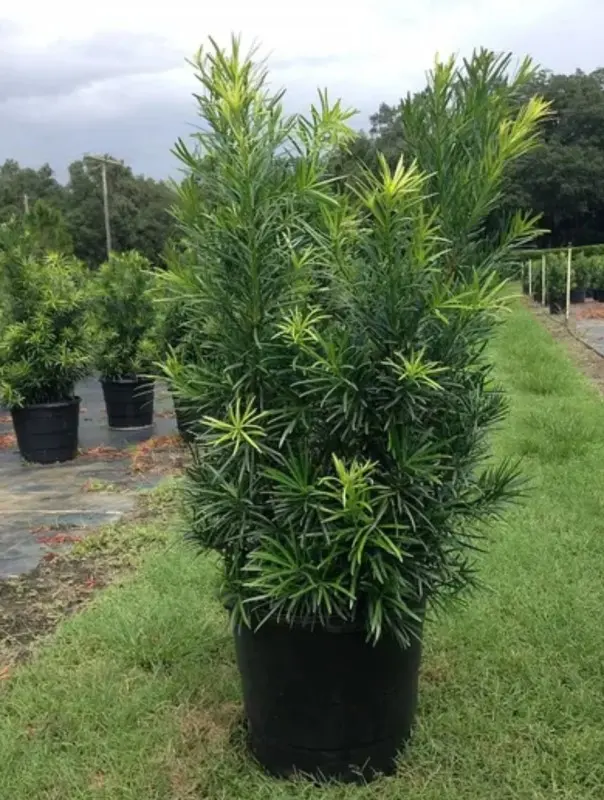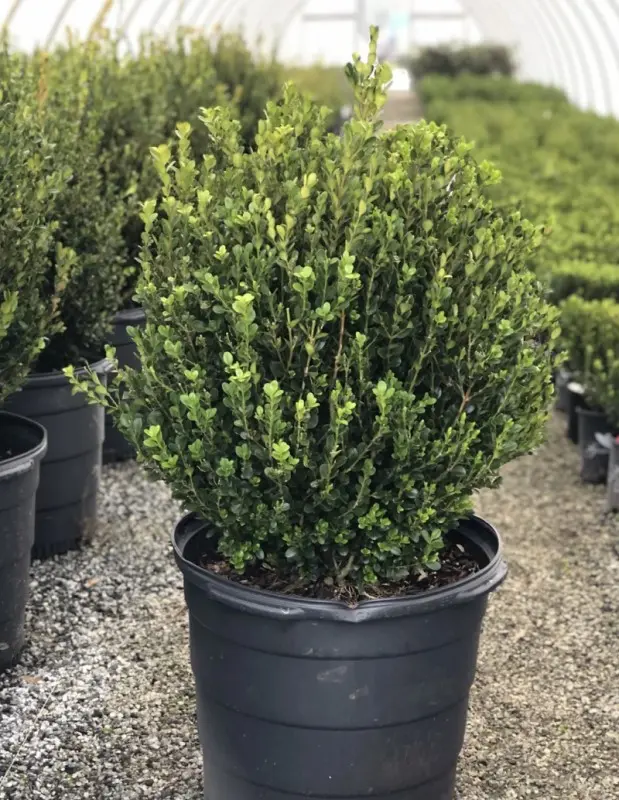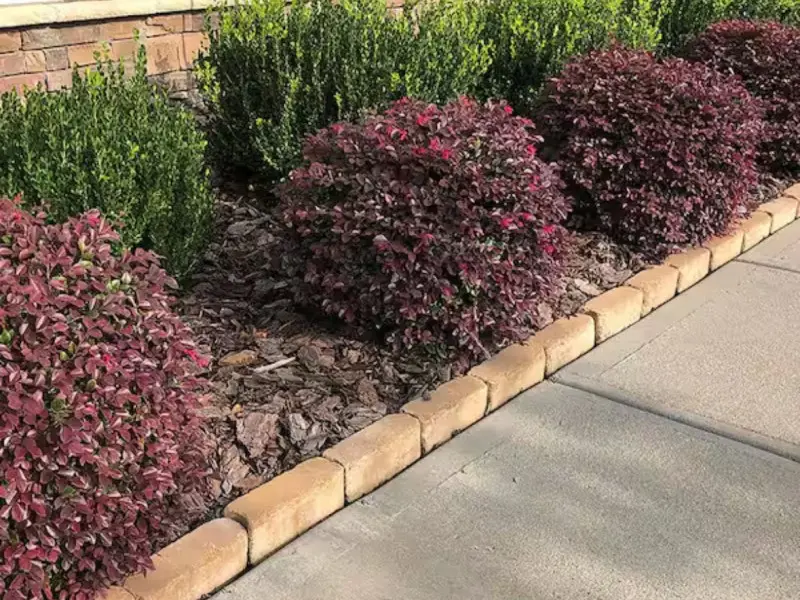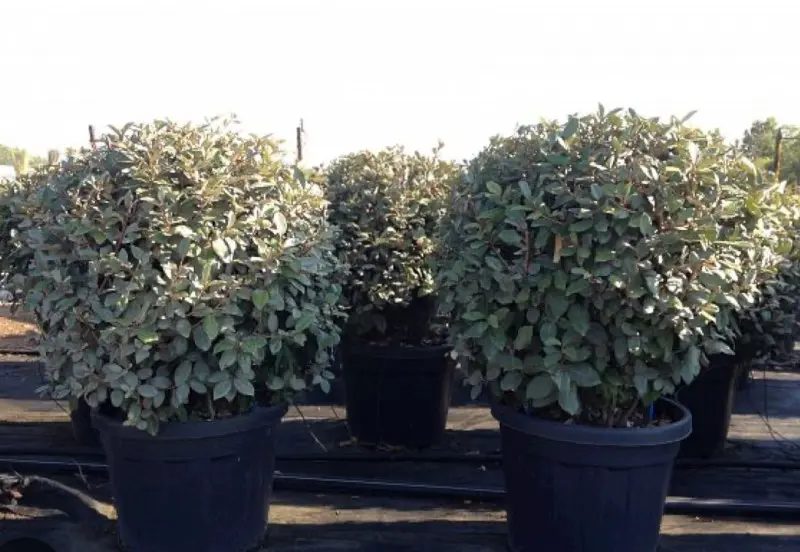Description
Japanese Yew (Taxus cuspidata) is a versatile evergreen shrub or small tree known for its dark green, needle-like foliage, dense form, and adaptability. Native to Japan, Korea, and parts of China, Japanese Yew is prized for its elegant appearance and ability to provide year-round color and structure to landscapes. Its soft, finely textured foliage creates a lush, green backdrop, and mature plants often develop attractive red berries (arils) in the fall on female plants, which add seasonal interest and attract birds.
Japanese Yew can vary in size depending on the variety, with some types reaching heights of 10 to 40 feet, while dwarf cultivars stay more compact, around 3 to 5 feet. This plant thrives in USDA zones 4-7 and grows well in partial to full shade, though it can also handle full sun in cooler climates. Japanese Yew prefers well-draining soil and has moderate drought tolerance once established, making it well-suited for various landscape settings.
Low-maintenance and slow-growing, Japanese Yew requires little pruning to maintain its shape, though it can be trimmed more frequently if used in formal hedges or topiaries. This hardy plant is resistant to deer and many common pests, which adds to its appeal as a reliable, long-lasting choice for borders, hedges, foundation plantings, or even as a standalone focal point. With its year-round foliage, graceful form, and adaptability, Japanese Yew is a classic addition to both traditional and contemporary garden designs.






